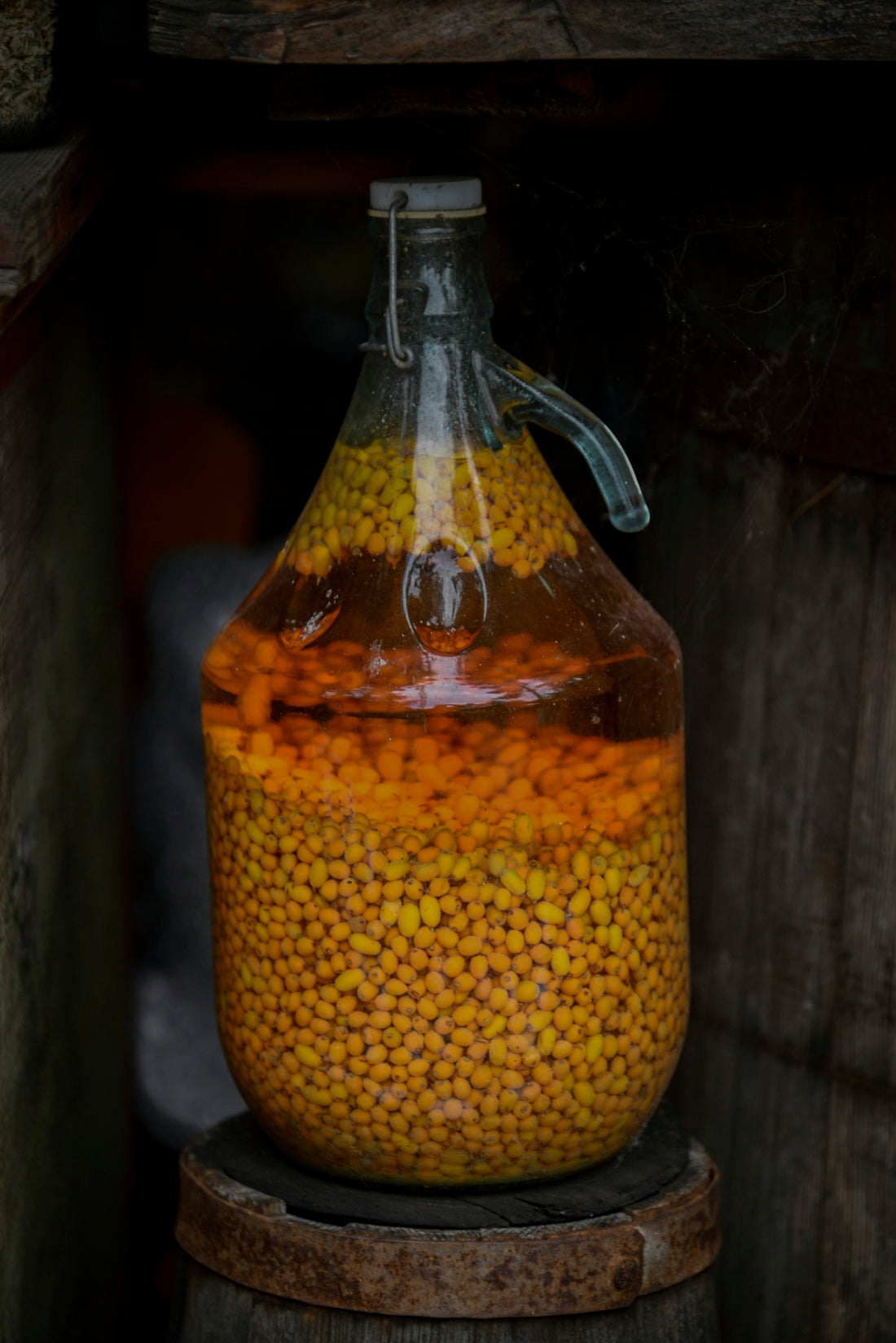
Understanding Sourdough Fermentation: Health and Flavor Benefits
Sourdough bread has been a staple for millennia, beloved for its unique flavor and numerous health benefits. With the resurgence of home baking, the art and science of sourdough fermentation have captured the attention of enthusiastic bakers worldwide. This blog post delves into the intricacies of sourdough fermentation, exploring the health and flavor benefits it offers, and provides useful tips for mastering homemade sourdough. Whether you're a novice or an experienced artisan baker, understanding this ancient process is crucial for achieving those delightful sourdough loaves.
The Magic of Sourdough Fermentation
At the heart of sourdough baking is the sourdough starter, a living culture of wild yeast and lactic acid bacteria. This bubbly mixture is not only responsible for the rise and flavor of the bread but also for various health benefits. Unlike traditional yeast bread, which relies on commercial yeast, sourdough fermentation follows a natural process, allowing time for wild yeast and bacteria to work in harmony.
Wild Yeast Fermentation: Flavorful and Nutritious
The slow fermentation process in sourdough bread helps breakdown gluten, making it easier to digest compared to conventional bread. This is particularly beneficial for individuals who have gluten sensitivities but not celiac disease. The presence of lactic acid bacteria also contributes to the development of acetic acid, which acts as a natural preservative, giving homemade sourdough a longer shelf life.
Health Benefits: Why Sourdough is Good for You
Sourdough bread's lower glycemic index makes it a better choice for those managing blood sugar levels, such as diabetics. The fermentation process increases the availability of nutrients like folate, antioxidants, and minerals, enhancing the nutritional profile of the bread. Moreover, sourdough's probiotics support gut health, improving digestion and boosting the immune system.
Crafting the Perfect Loaf: Sourdough Baking Tips
Baking perfect sourdough bread involves a blend of art and science. Here, we share some practical sourdough baking tips for home bakers eager to create artisan-quality loaves.
How to Feed Sourdough Starter
Feeding your sourdough starter regularly is crucial for maintaining its health and activity. The basic sourdough starter feeding schedule involves discarding a portion and replenishing it with equal parts of water and flour. For detailed guidance, check out our article on how to feed sourdough starter.
Sourdough Starter Troubleshooting
At times, your sourdough starter might not behave as expected. Issues such as a sluggish rise or an off smell can be discouraging. Our comprehensive sourdough starter troubleshooting guide can help you troubleshoot common problems and revive your starter to its active best.
How to Store Sourdough Starter
Proper storage is key to extending the life of your starter. Learn how to store sourdough starter whether you're leaving it on the counter or putting it in the fridge for long-term storage.
Mastering Sourdough Bread Recipe
An easy sourdough bread recipe is essential for beginners. We've crafted a simple yet effective guide to help you start your sourdough journey. Experiment with different techniques to find the best practices that suit your baking style.
Techniques and Tools for Artisan Bread Baking
Creating artisan bread requires precision, patience, and the right tools. Below are some recommended products from our store to enhance your sourdough baking experience.
Recommended Tools
- Wooden Handle Bread With 5 Blades Lame: Perfect your sourdough scoring techniques with our dough scoring knife, designed for precise and artistic cuts.
- Non Stick Silicone Baking Mat: Achieve consistent bakes and reduce waste with our silicone baking mat, perfect for any baking surface.
- Nonna Bella Carbon Steel Bread & Loaf Pans: Ensure even baking and beautiful loaves with our carbon steel bread pans.
Best Sourdough Scoring Techniques
Scoring is more than just aesthetics; it allows your bread to expand properly while baking. Master the best sourdough scoring techniques to transform your loaves into works of art.
How to Shape Sourdough Bread
Proper shaping ensures an even crumb and perfect rise during baking. With a few tweaks and practice, you'll learn how to shape sourdough bread like a professional.
Sourdough Bread Troubleshooting
Even seasoned bakers encounter challenges. Our guide on sourdough bread troubleshooting addresses common issues and offers solutions to make sure your bread comes out beautifully every time.
Conclusion: Embrace My Sourdough Life
Embracing "My Sourdough Life" means enjoying not just the bread, but the process of creating it - from feeding and maintaining the starter to the moment it comes out of the oven. Such dedication results in healthier, flavorful breads that are worth every effort.
For those interested in taking their sourdough experience to the next level or finding best products to support your baking journey, visit Italian Sourdough for more tips and tools.
Sourdough isn't just a bread; it's a way to connect with history, health, and gastronomic creativity, transforming simple ingredients into delicious, nutritious loaves that nourish body and soul.
